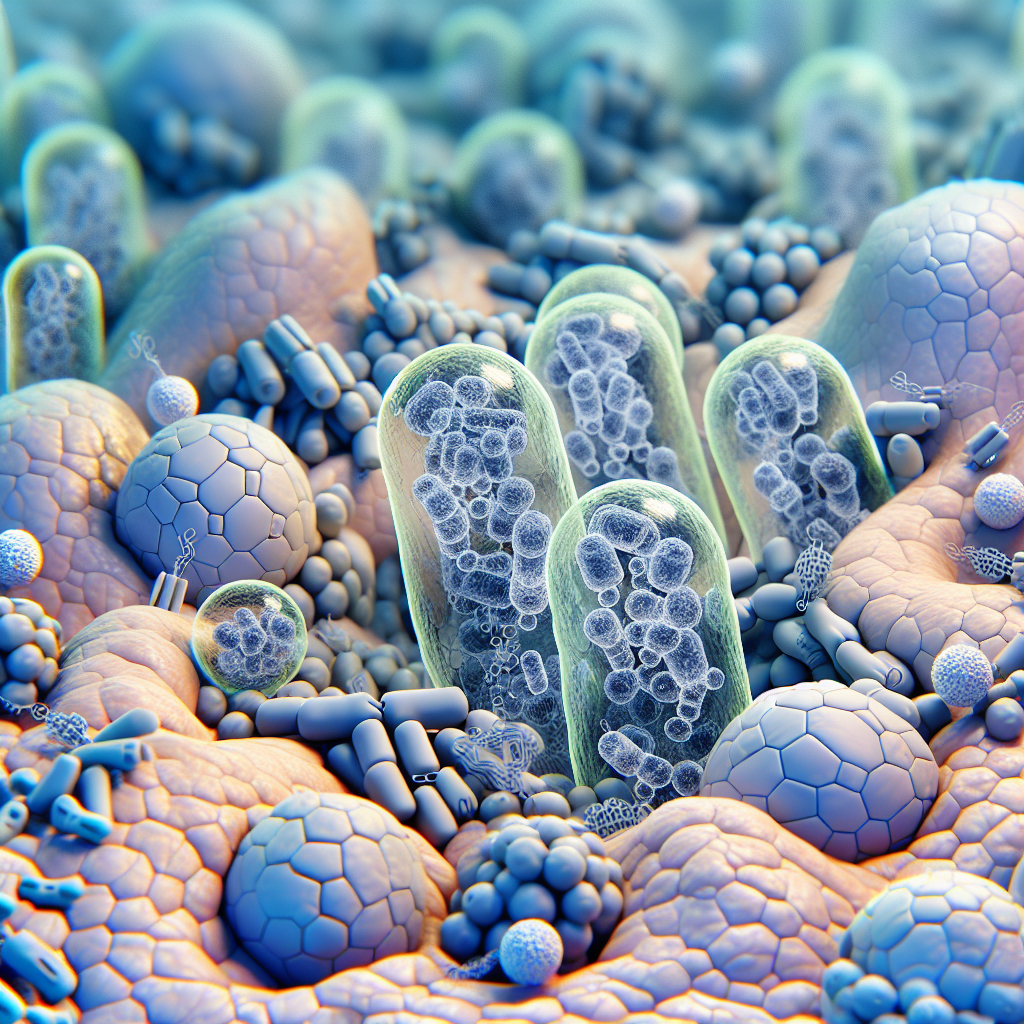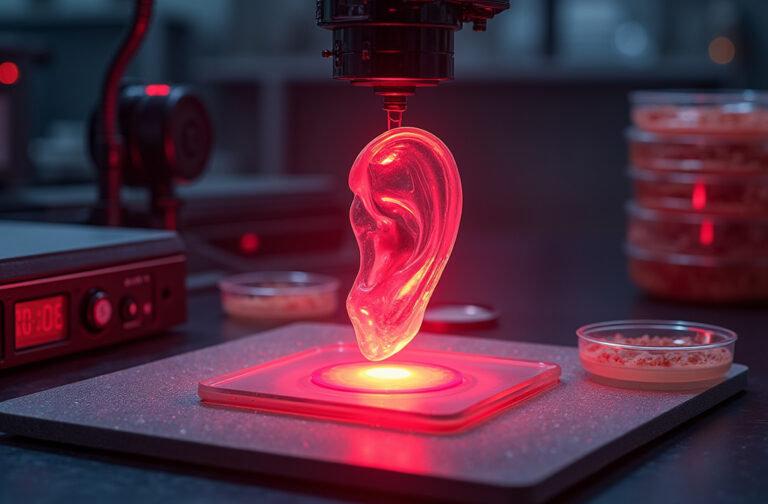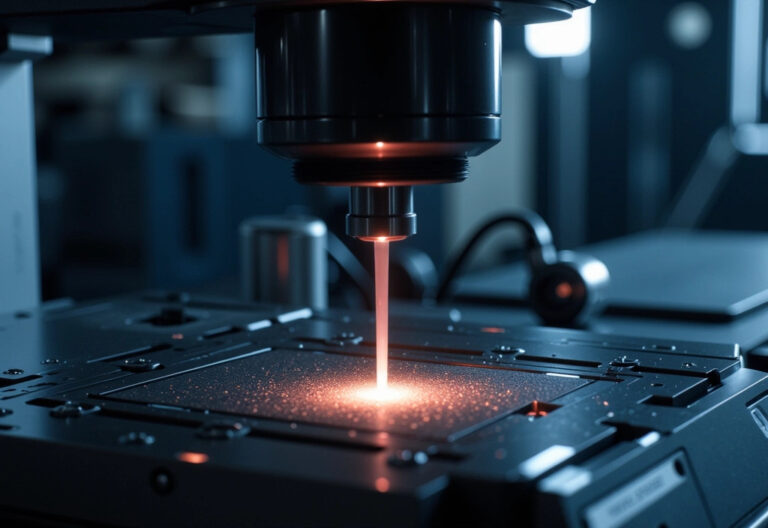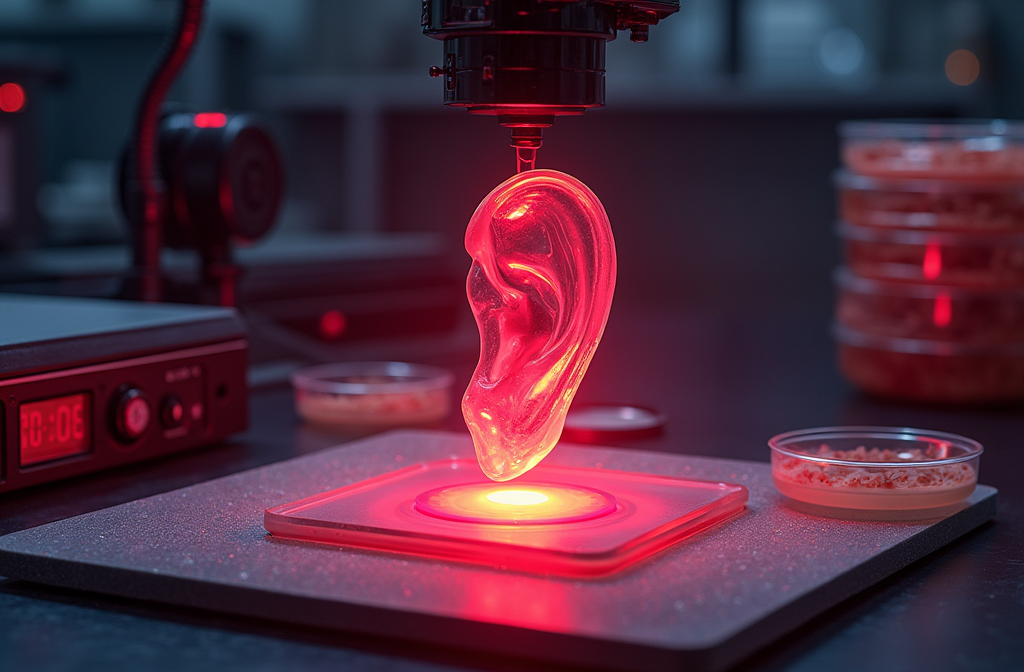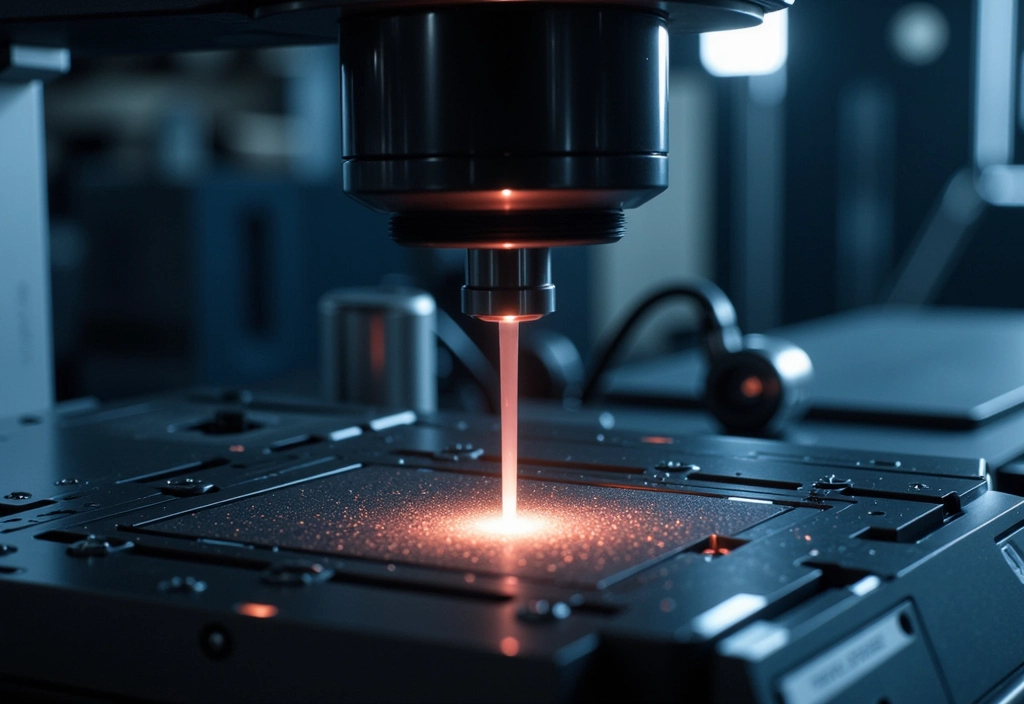What Happened:
Researchers at Rice University made a significant discovery involving gas vesicles—tiny, naturally occurring protein structures found in certain microorganisms. These vesicles were previously known but had not been thoroughly explored for biomedical applications. The research team focused on understanding the organization and behavior of these vesicles, revealing their potential for revolutionary uses in medicine.
Why:
The primary motivation for this research is to improve medical imaging and therapeutic techniques. Current imaging technologies, like X-rays and MRIs, involve ionizing radiation or strong magnetic fields, which can pose risks to patients. The researchers aimed to find a safer and more precise alternative that could be used in a broader range of applications.
How It Works:
Gas vesicles are essentially microscopic bubbles made of proteins that can form intricate honeycomb-like structures within cells. These bubbles can scatter sound waves, making them visible under ultrasound imaging. By engineering these vesicles to behave in specific ways, they can be used to enhance imaging precision or even deliver targeted therapies. For instance, they could be designed to target cancer cells, allowing doctors to visualize and treat tumors more effectively.
How It Will Benefit Humanity:
- Safer Diagnostics: Since gas vesicles do not rely on ionizing radiation, they could reduce the risks associated with medical imaging, particularly in sensitive populations like children and pregnant women.
- Improved Treatment: The ability to control these vesicles acoustically opens up possibilities for targeted drug delivery, potentially reducing side effects and increasing treatment effectiveness.
- Cost-Effective Healthcare: This technology could lower the costs of medical imaging and treatments by offering more efficient and less invasive options, ultimately making healthcare more accessible.
When It Will Be Available:
The research is still in its early stages, focusing on understanding the fundamental properties and potential applications of gas vesicles. However, the promising results suggest that, with continued development and clinical trials, this technology could start being implemented in medical settings within the next few years. Researchers are optimistic about its potential but caution that more work is needed before it becomes widely available.
Disclaimer: This content was simplified and condensed using AI technology to enhance readability and brevity.
Article derived from: By. (n.d.). Tiny bubbles, big impact: Breakthrough in biomedical engineering. SynBioBeta. https://www.synbiobeta.com/read/tiny-bubbles-big-impact-breakthrough-in-biomedical-engineering

